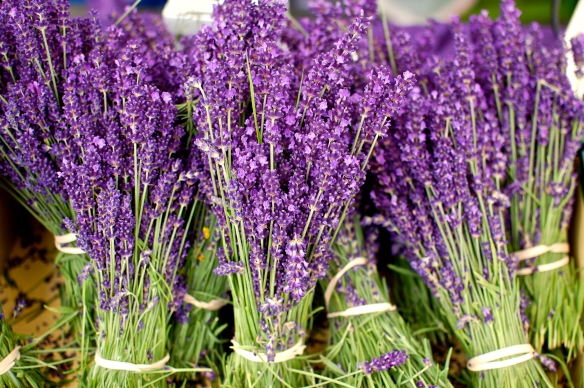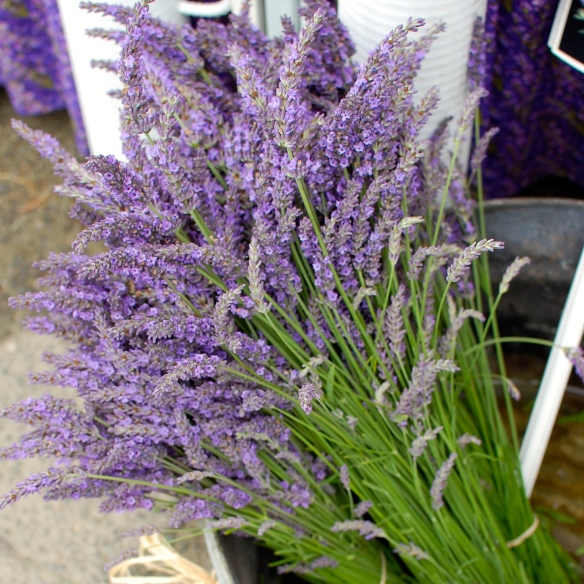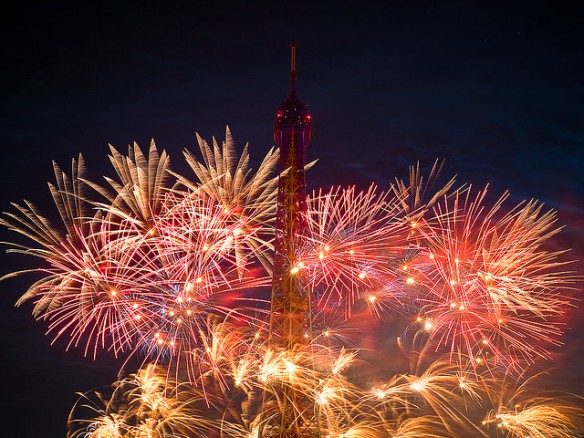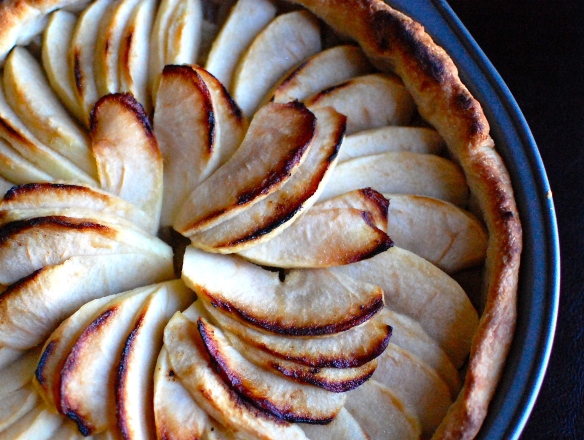
Olympics, Gabi Campanario
There was a time, before photography, when sketching was the main way to illustrate news. Although technologies have evolved, there is something charming and slightly nostalgic about looking at a sketch and marking a pause when reading an article. A je-ne-sais-quoi that transports you to a very personal take on reality. If you’re a reader of The Seattle Times, you might be familiar with Gabriel Campanario, a visual journalist also known as the Seattle Sketcher, who captures the cityscape with his ink and watercolors.

The Seattle Sketcher is probably my favorite column in the Seattle Times (maybe equaled only by Nancy Leson’s accounts of her culinary escapades). The very first thing I bought (at a charity auction) when I moved in Seattle was one of Gabriel’s sketches, a representation of the Blaine Stairs on a rainy day, and I’m happy to think that wherever I go in the future, this sketch will always have a special place in my personal story, representing this chapter of my life as well as my connection to Seattle.

Blaine Stairway, Gabriel Campanario
Em and I met Gabriel on a rainy and cold day (typical March) in the middle of Seattle’s very first P-Patch, the Picardo Farm in the Ravenna neighborhood. He was closing up his watercolors just as we were arriving. Gabriel explained that the current weather conditions made it difficult to continue working. This answered a question that was on our minds: No, he is not impervious to Seattle’s constant drizzle, and neither is his work. The weather challenges him and his craft.
Gabriel has always drawn, ever since he was a child in Spain: As people took siestas, he would reach for his sketchbook. Even though he became a globe trotting journalist, he never left his pencils very far, using them to connect to his environment. When he moved to Seattle for a position at the Times in 2006, he started a blog to share his sketches online. In 2009, as the paper was trying to figure out ways to emphasize their content, Gabi pitched the idea of a drawn feature. A natural collaboration ensued between a city paper and a city lover. Gabriel became the storyteller of the “urban forest”, as he likes to call Seattle, offering his personal and vibrant vision of the city and meeting its ”unsung heroes” to immortalize the uniqueness of our everyday lives. Through his drawings he began to capture “what makes Seattle tick” and thus the concept of “urban sketching” was born.

From there, he started a global movement, finding artists sharing the same interest. After one year, his Flickr group numbered 300 people, the genesis of a strong community of urban sketchers from all over the world. Fearing that the movement would wither, a blog and a non-profit were created to tell their story along the pictures and foster the art of on-site drawing of urban scenes, notably through workshops and seminars. The 1st urban sketching symposium was in Portland, Oregon in 2010. This year is the 4th annual symposium and it will be held in Gabi’s old stomping grounds, Barcelona. If you’re interested in the local meet ups, the Seattle Urban Sketchers meet every 3rd Sunday of each month.

Of course, every artist has a muse. For Gabriel, it’s the urban jungle. But a city like Seattle is big. There is so much to sketch. How does one decide where to dedicate time? It’s clear that Gabriel is curious by nature and compelled to tell the story of the city and its people. But he acknowledges that some of his ideas are suggested by readers who highlight interesting people and places. “It’s an organic process,” he said. Gabi often finds inspiration from reading neighborhood blogs. (As local bloggers, we found this very encouraging.)
We could not resist asking about his favorite places in Seattle to sketch, and although he admitted it was difficult to choose – ”The topography is fantastic. Every neighborhood has its own vibe,” he said – he remembered being struck by the beauty and serenity of the Seattle skyline from a rowboat on Lake Union, early in the morning. Bridges and waterfronts are particularly inspirational but he insisted that it’s equally important to sketch places that may not be that beautiful (hello viaduct!) to stay aware and connected to the city.

He looked surprised when we asked him about his style. Marking a pause, as if thinking about it, he finally answered, “I’m impatient. That’s why I draw fast, working around simple and spontaneous lines.” The drawing is not meant to be displayed on a wall; it’s a snapshot of a moment, perfect in its imperfections. “Sometimes the challenge is, how much can you tell with the minimum amount of lines?“
Gabriel recently compiled works from his fellow urban sketchers into a book, The Art of Urban Sketching: Drawing On Location Around the World. With about 500 illustrations from over 100 worldwide artists, this book is a true treasure and a real inspiration for those who want to draw or just “see the world one drawing at a time.” I bought it few months ago and particularly appreciated the discussions over techniques and styles as well as the drawing instructions and tips (I’m a longtime wannabe sketcher). Be ready to be inspired and transported to new places, or just to rediscover them with fresh eyes — and, maybe, you will feel like trying your hand at sketching. As the book says: “No extravagant tools or formal artistic training is needed to draw on location. Let your hand interpret what your eyes see, as you explore your city, making marks on paper.”
Where are my sketchbook and watercolors? I suddenly feel inspired…
Bee




















